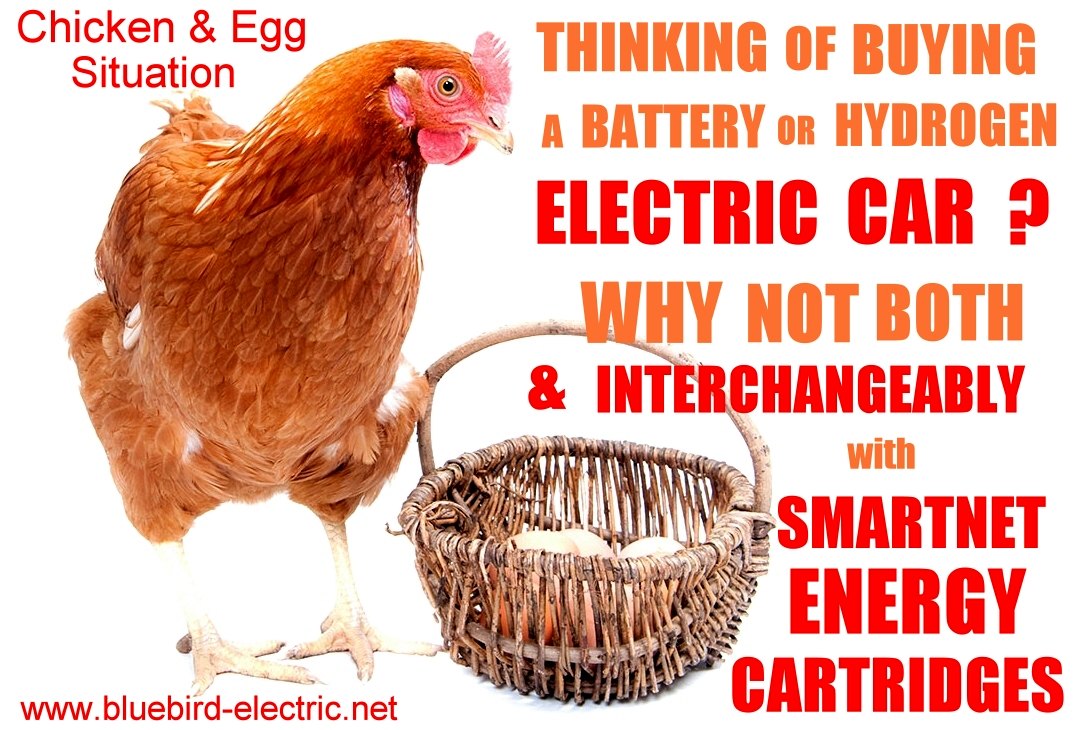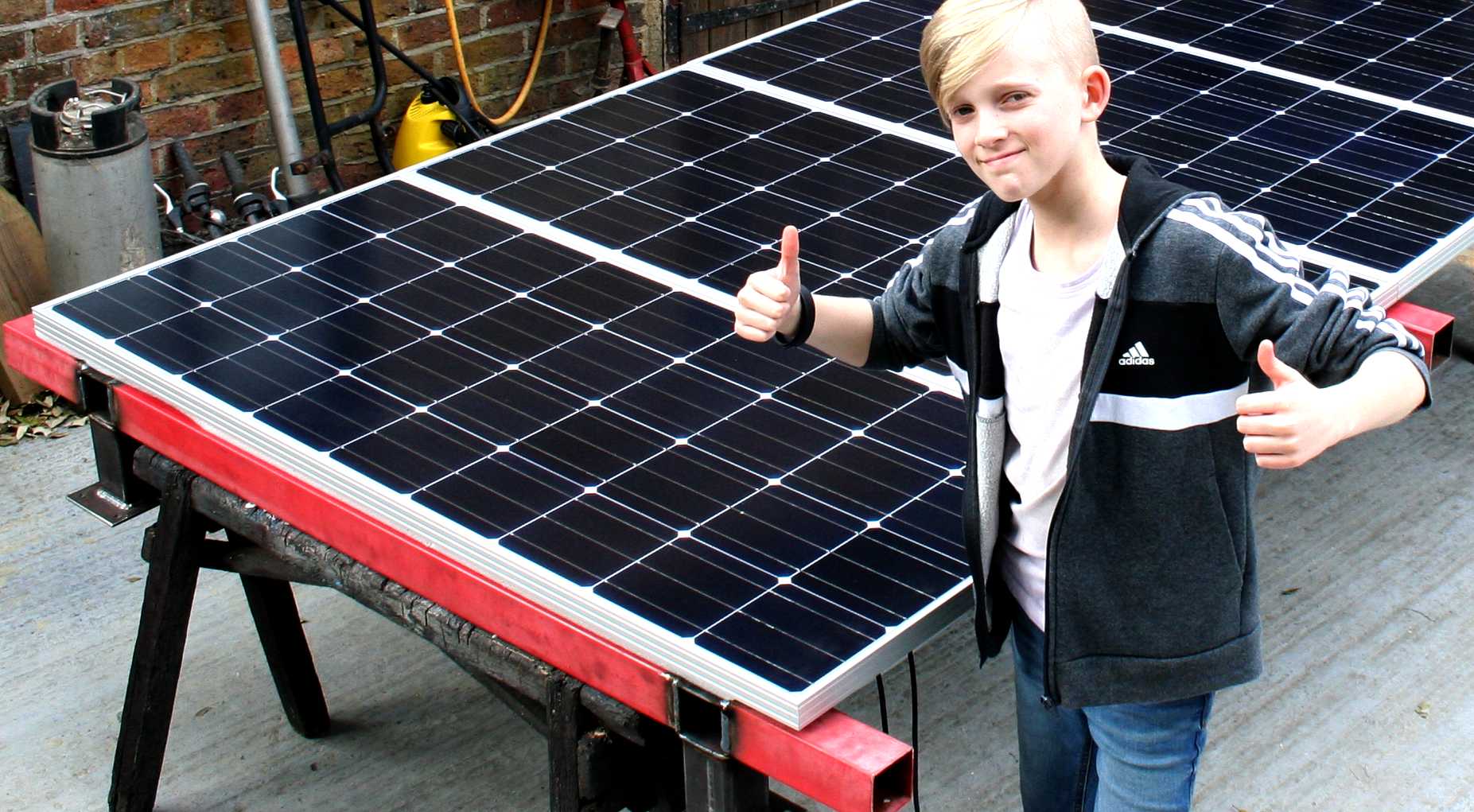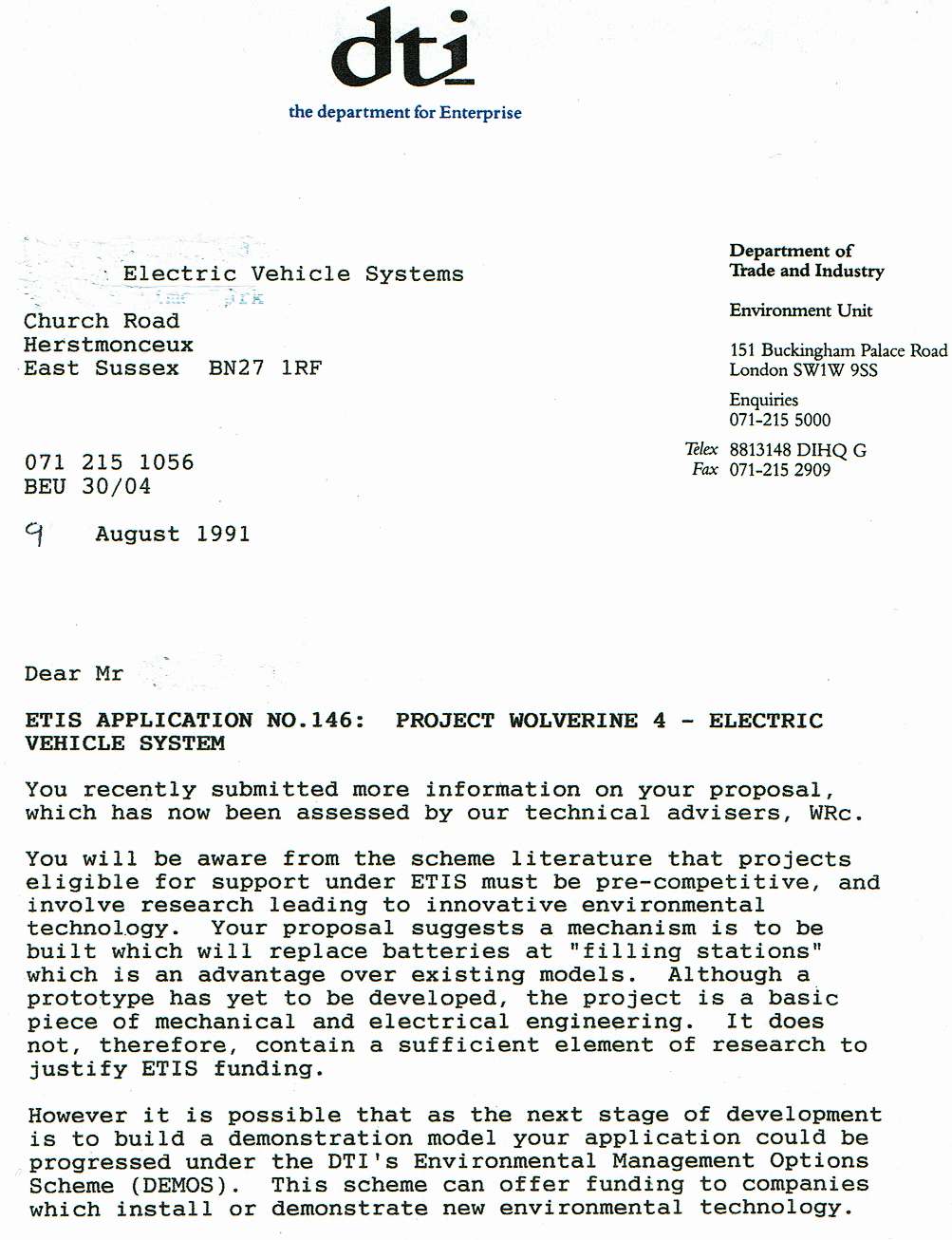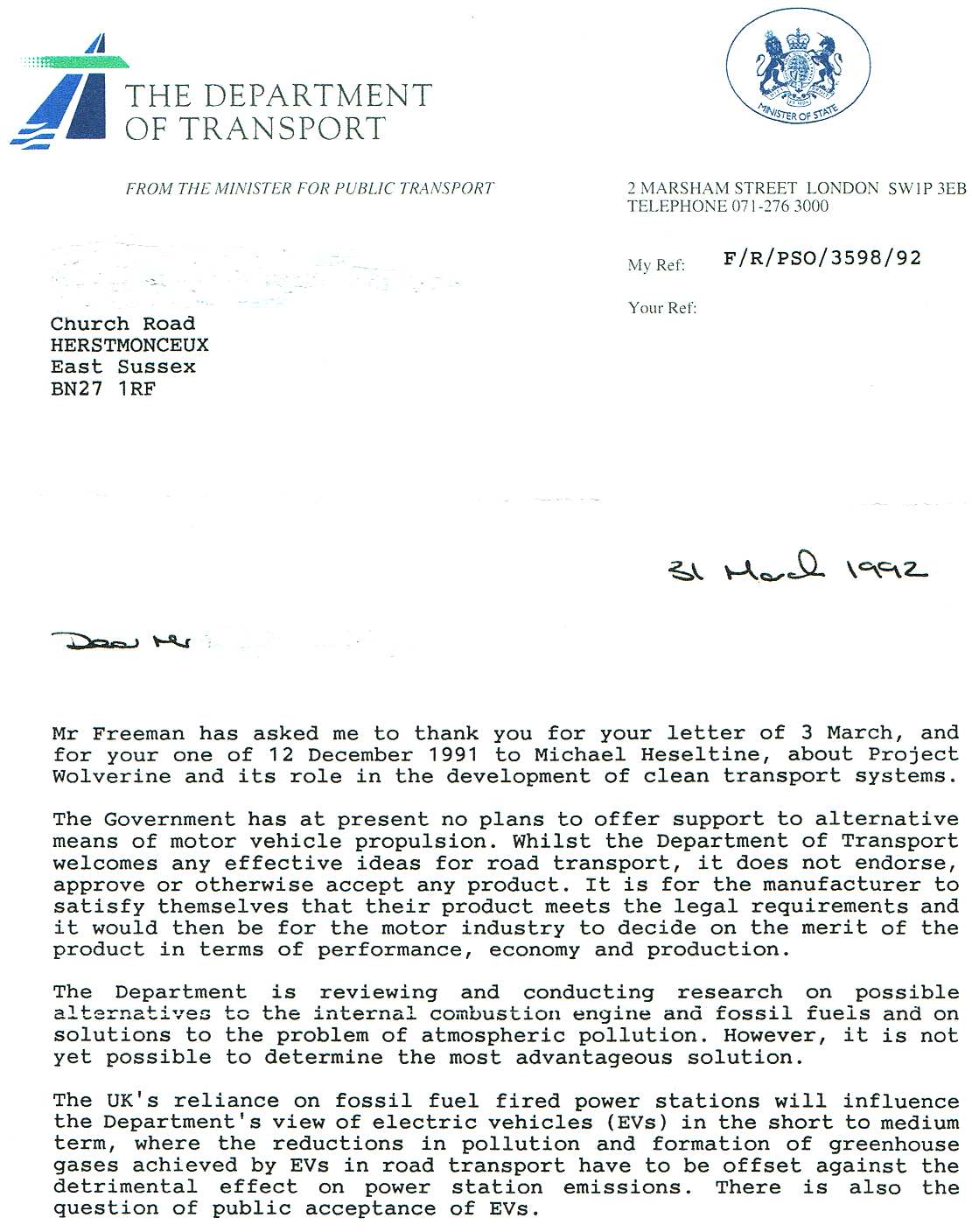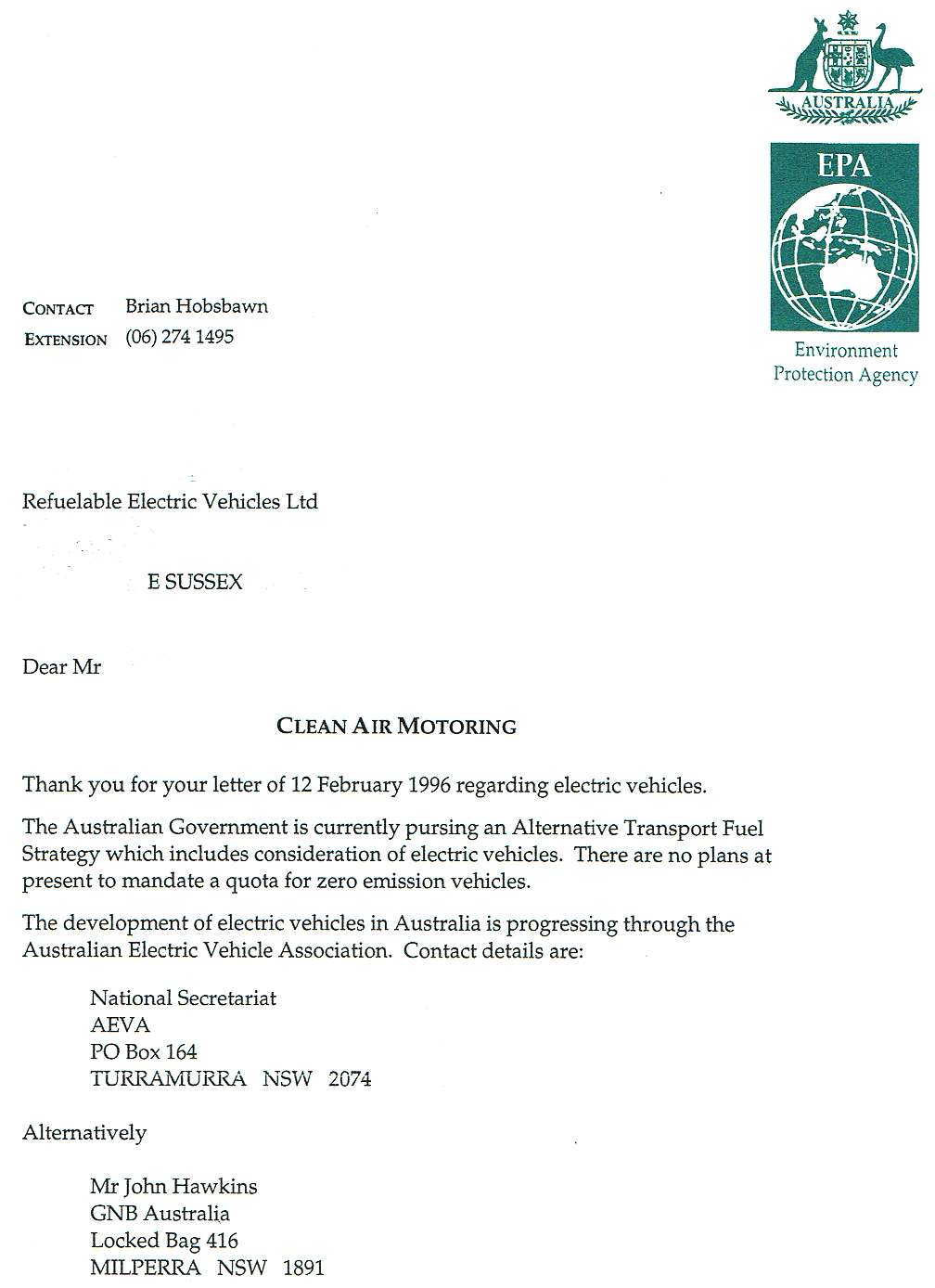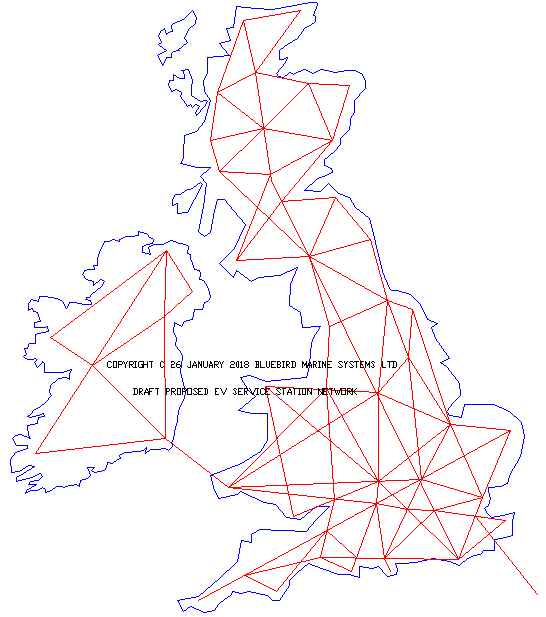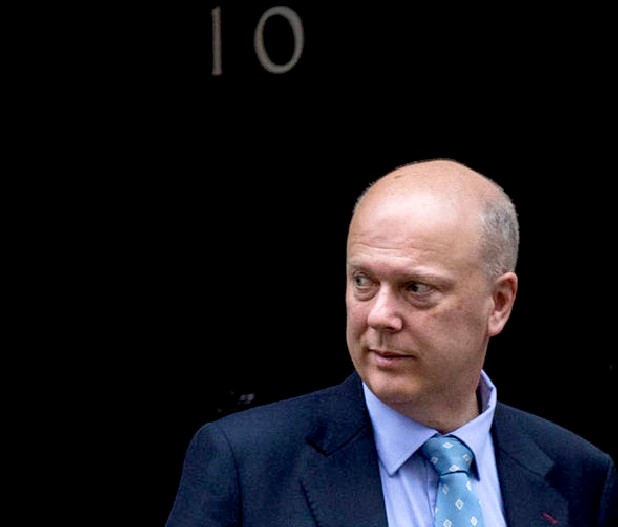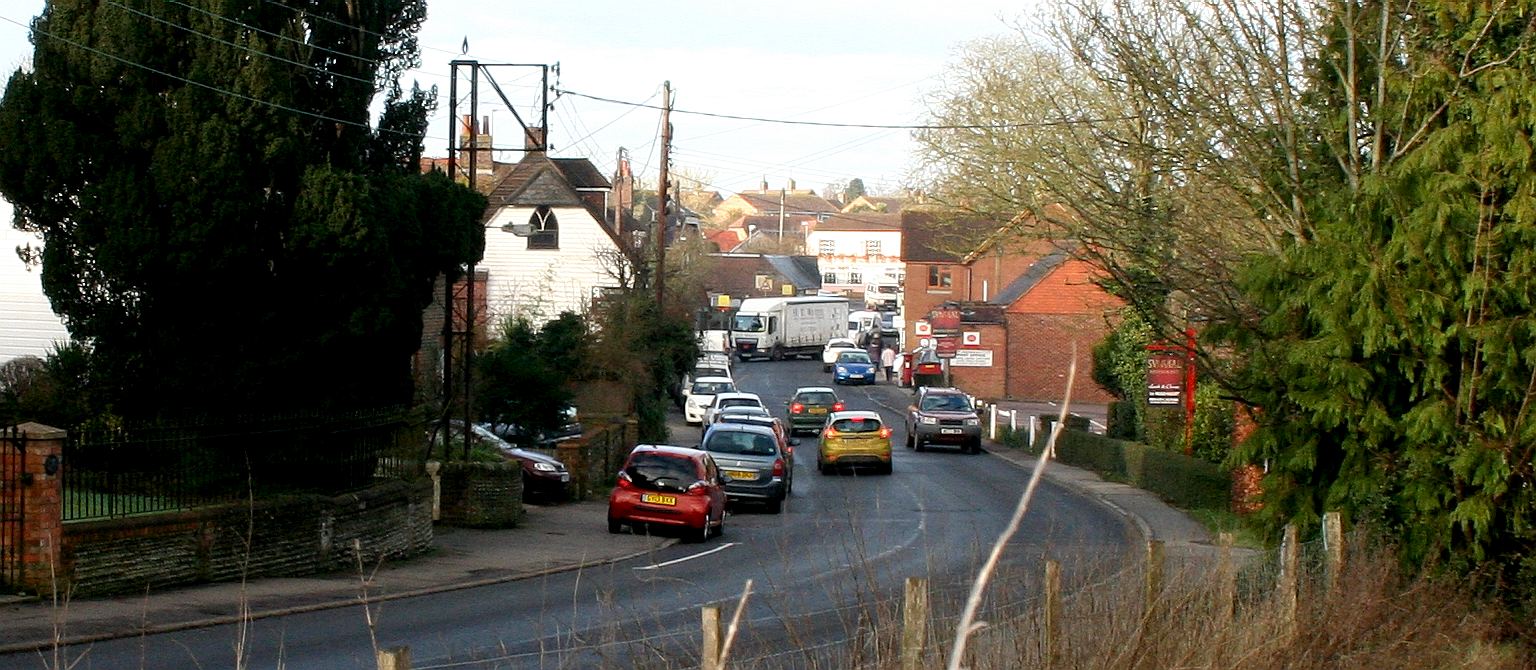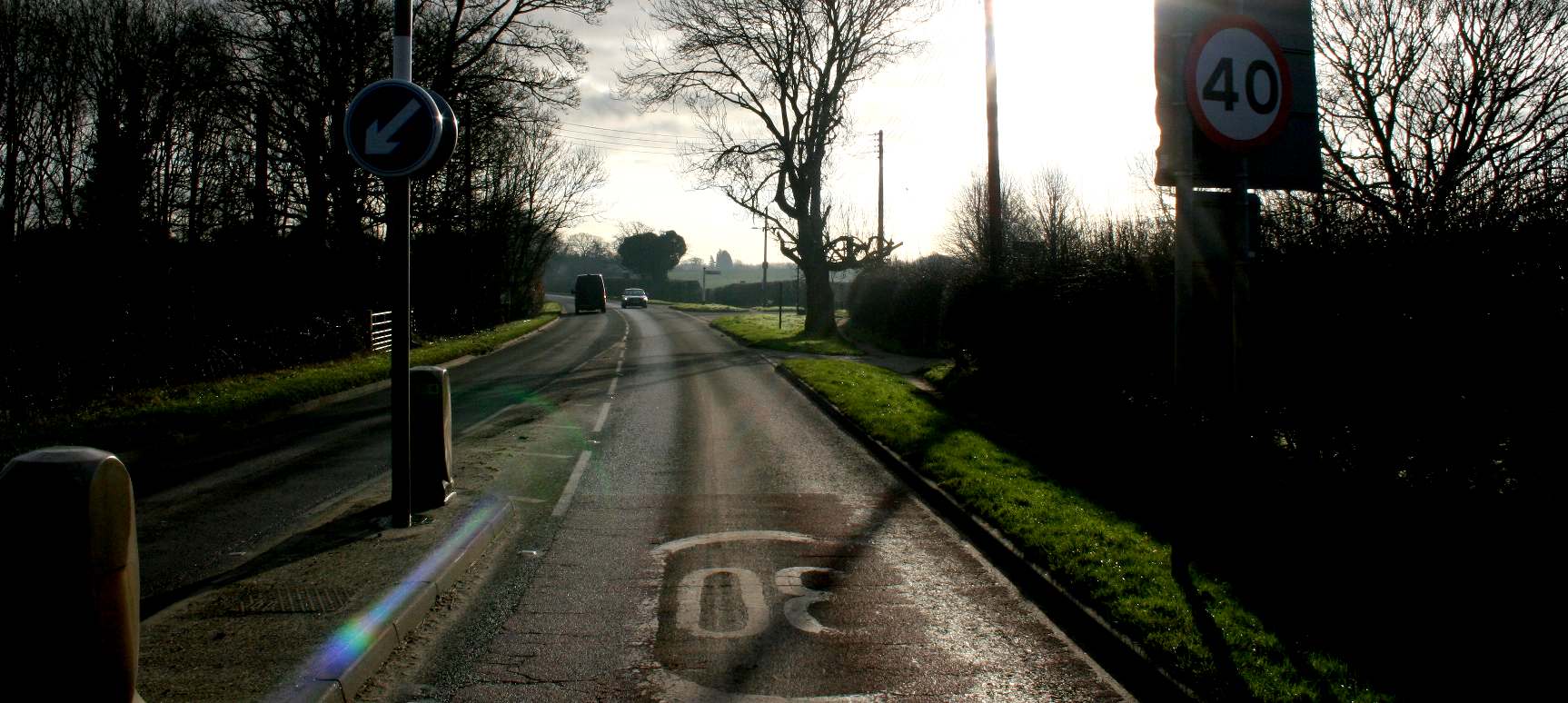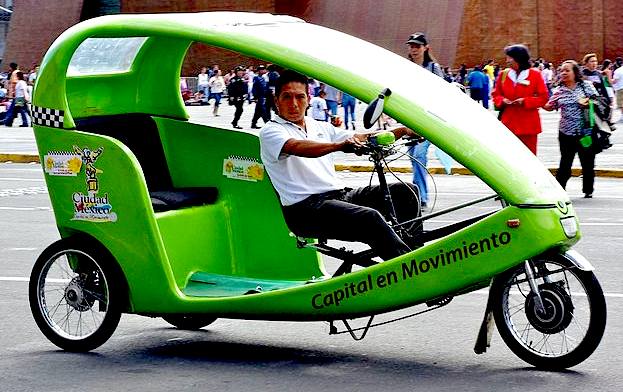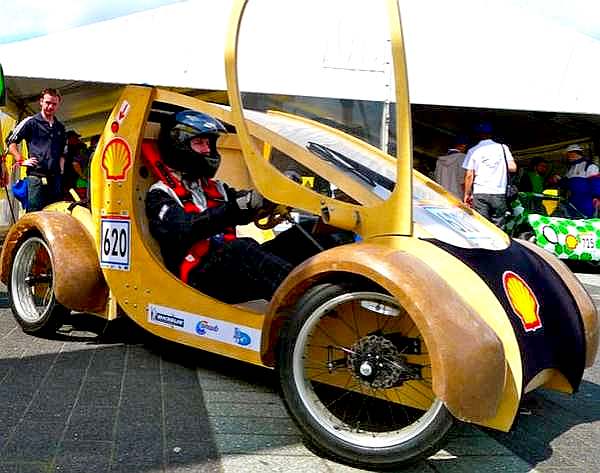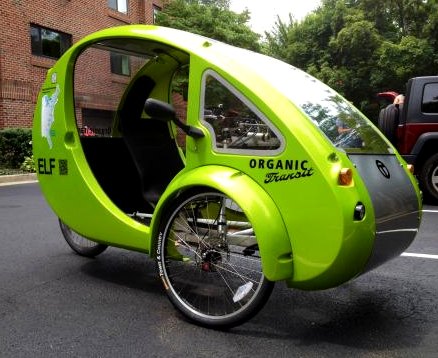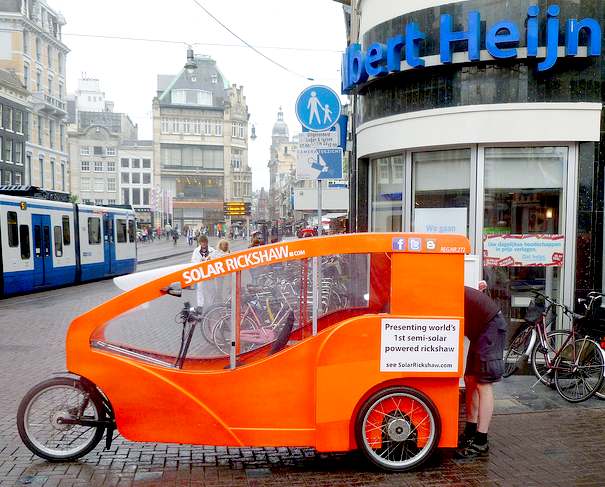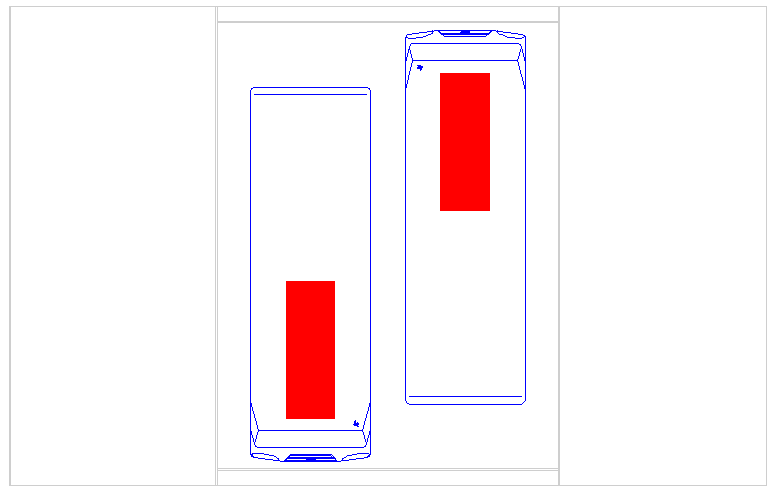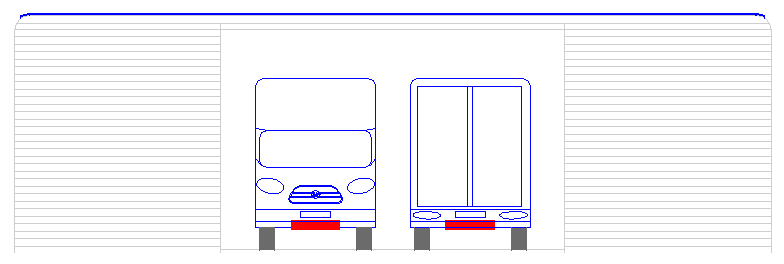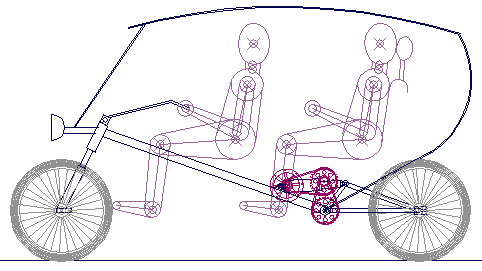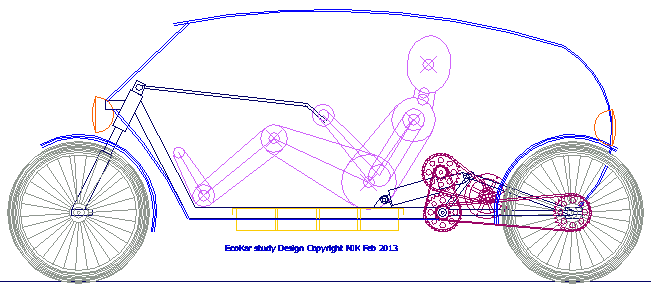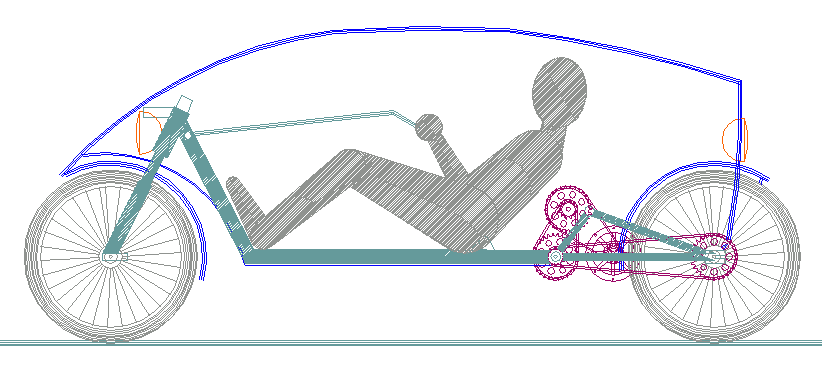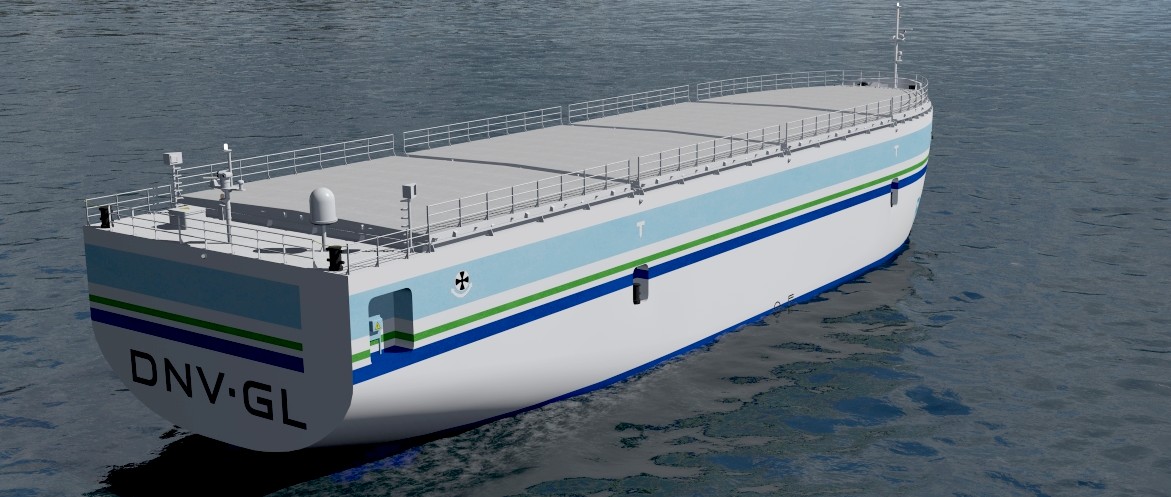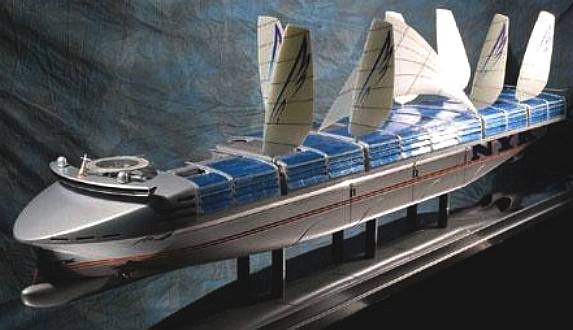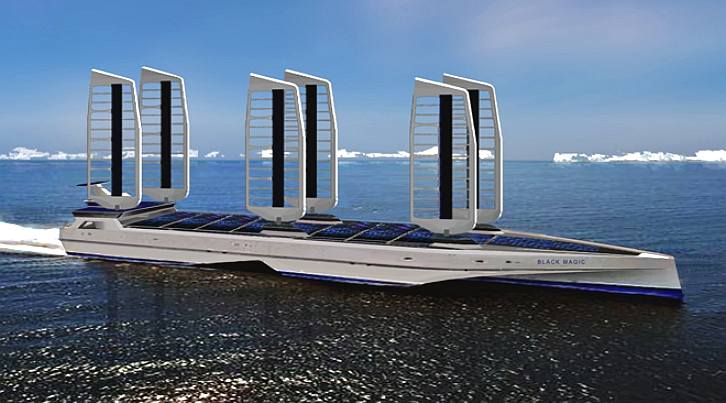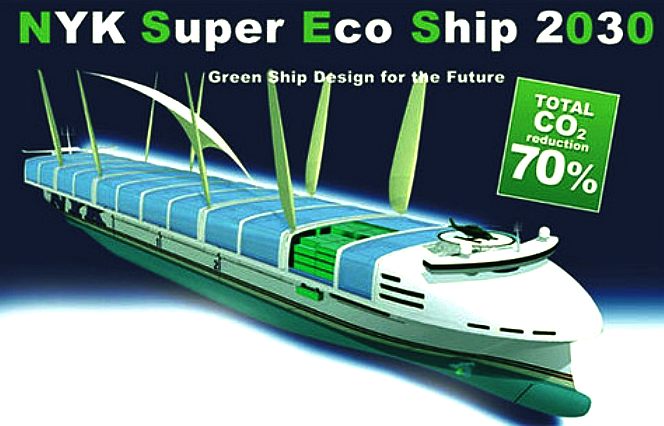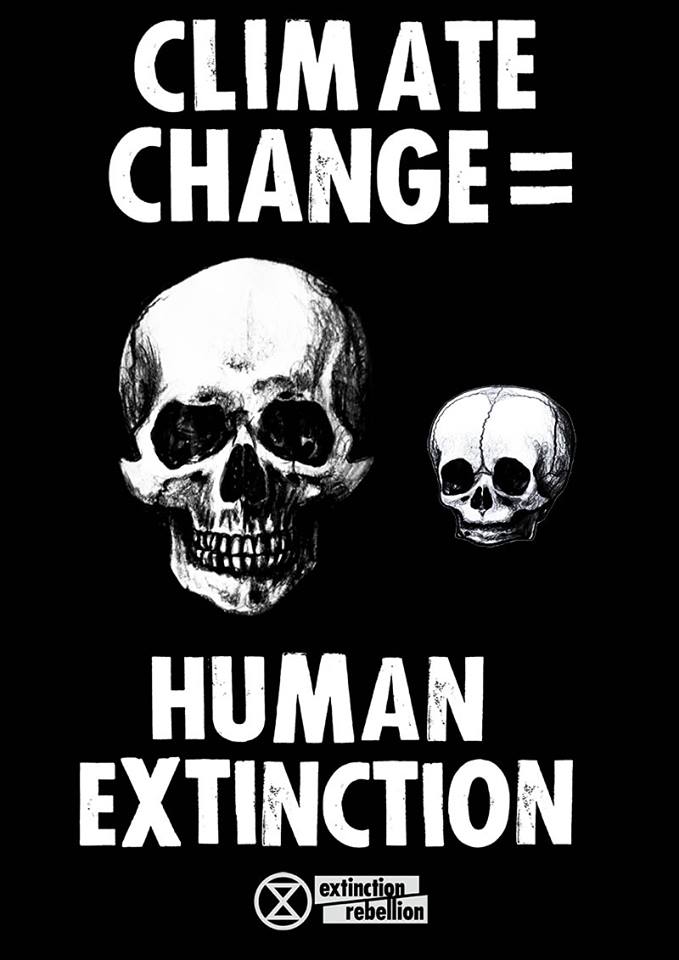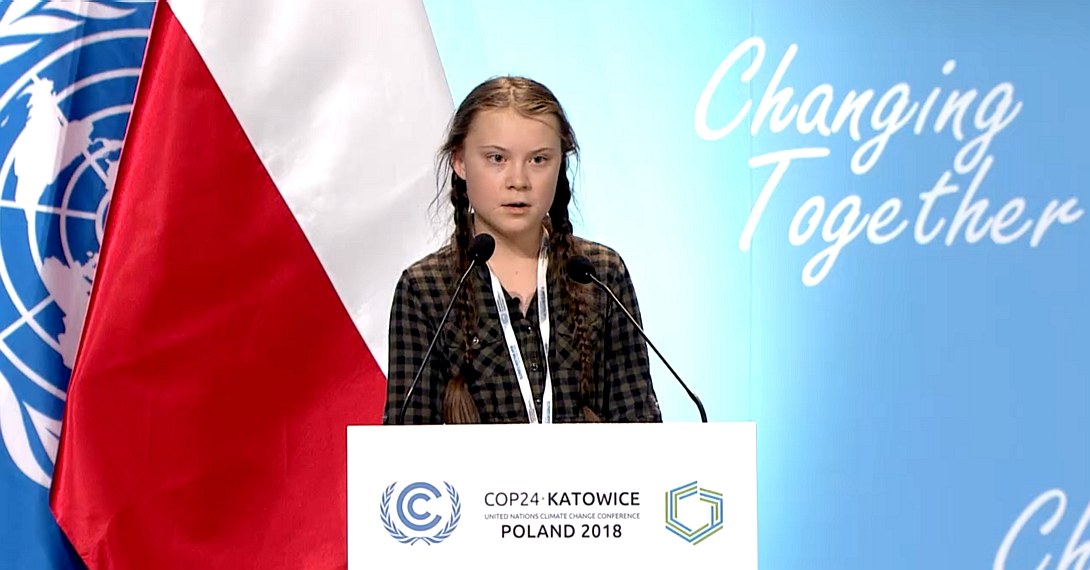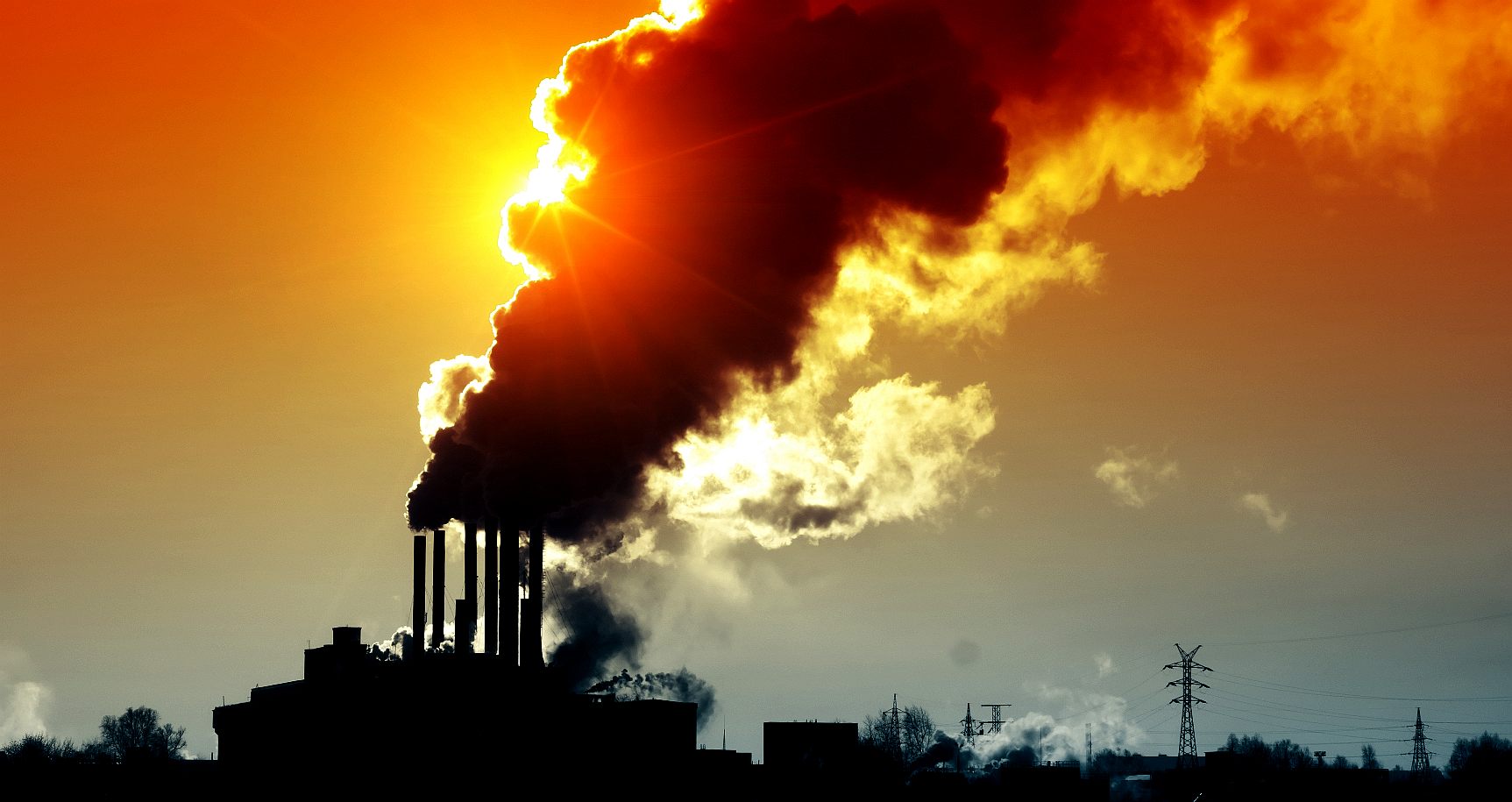|
CARBON NEUTRAL TRANSPORT
ABOUT - CLIMATE - CONTACTS - FOUNDATION - NATIONS - HYDROGEN - OCEAN PLASTICS - WHALING PLEASE USE OUR A-Z INDEX TO NAVIGATE THIS SITE WHERE PAGE LINKS MAY LEAD TO EXTERNAL SITES, or: HOME AGRICULTURE | HOUSING | INDUSTRY | POLITICS | RENEWABLES | TRANSPORT
CHICKEN & EGG SITUATION - The reason you cannot buy an electric car that can run on batteries or hydrogen, is that there is not as yet a standard energy cartridge. If there were, we'd still need motor manufacturers to adopt that standard. Then we'd need energy suppliers to provide compatible service stations - in this case for virtually instant refuelling - with load levelling.
Sounds like a mobility dream come true, and it could be with appropriate funding support and collaboration. Using a standardized format, you can drive an electric vehicle on battery or hydrogen cartridges at the push of a button. Your shiny new car will be future proofed - but only if the car you buy is SMARTNET ready.
The UK is leading the charge with the Automated and Electric Vehicle Act 2018 - thanks to Chris Grayling and Baroness Sugg - in recognizing the issue and making it law to provide recharging/refuelling, there is hope for zero carbon electrification.
Transport is necessary to move people and goods around Planet A. So long as it is carbon neutral we can afford travel. We have the technology today for such infrastructure and vehicles. What is missing is the political and industrial incentives to change, despite the fact that there is no Planet B.
The most pressing issue is the lack of an energy storage and transfer system to be able to replace IC cars and trucks. The present system of funding should be overhauled to allow those who are keen to develop new technology to do so before they lose interest in the subject and are no longer EV champions. Civil servants appear not to appreciate that in order to get cutting edge technology developed, monies should not be aimed at the establishment where there is a potential conflict of interest, but at those who are challenging the status quo and looking for radical changes, where civil servants and politicians do not like radical solutions. They like a nice gentle ride to be able to profit from the existing gas guzzlers.
In 1995 the UK Department of Trade and Industry (SMART Awards) refused to seed fund an energy storage system based on cartridges, saying that there was no future for batteries in electric vehicles. Is it no wonder that we are now heading from the Holocene Age into the Anthropocene Age - full speed ahead.
SOLAR POWERED - Doing our bit to combat climate change, we are building an experimental rig aiming to put a larger version of the same concept on a coastal version of SeaVax from 2020 (subject to funding). The rig above is to be fitted to a Ford Transit roof in May of 2019 so that the experiment can be moved to other weather locations. This is another step in the direction of zero carbon shipping. Our experimental rig will track the sun and move arrays on either side of these fixed panels to increase the harvestable light energy. Copyright photograph © 22-04-19 Cleaner Ocean Foundation Ltd, all rights reserved.
NEGATIVE EVIDENCE - There was no instant battery cartridge exchange system like this at the time. The assessors claimed that there was a basic piece of mechanical and electrical engineering, despite a live patent saying otherwise. Service stations for these cartridges were eco flatpacks and the cars and vans could load and unload their own batteries using this system. It was future proofing for EVs as the cartridges could contain any battery format, even fuel cells.
This is proof that the UK Government have know about potential solutions for years, but steadfastly found reasons to refuse funding in favour of sustaining use of the internal combustion engine. A DEMOS application was equally time wasting for the engineers, who in the end gave up, but not until 1996 when a SMART AWARD application was also refused, in this case perhaps not so smart on the part of the policy makers. If they had funding this technology startup, who knows, we might have had EV stations today. There is still time of course, but they'd better get a move on to make up for not funding such innovation between 1991 and 1996.
COMMONWEALTH - The same policies were being pursued all over the globe by Commonwealth countries that appeared to be either taking their steer from the UK or maybe it was just a general G20 agenda - for sure they were against batteries in electric cars - but history shows us that this was the way to go, now with battery electrics being prevalent, having ousted hydrogen and fuel cells. That does not mean fuel cells and hydrogen might not one day make a come back. It just means that the energy efficiency cycle of battery EVs is better at this time.
UK MAP - Draft infrastructure networked grid for the UK to kick-start EV service station building, aiming for a low carbon society that is sustainable and climate friendly by 2050 to comply with the targets set by the Climate Change Act 2008. This map is simplified and includes the Republic of Ireland for practical reasons. Supplied by and used with permission of Bluebird Marine Systems Ltd. If we use just the intersections as likely locations that would mean installing 60+ stations, that could recharge more than the 14,000 charge points in the UK as of January of 2018. Another 1,800 such stations at strategic locations could service all 25,000,000 million vehicles in the United Kingdom. Optimistic, but you have to start somewhere when conceptualizing.
LACKLUSTER PERFORMANCES - All very honourable, but very little action. Sad to say we've had a bevy of well intentioned Secretaries of State, but nothing to show for it in terms of planning for change. The present SOS is the Rt Hon Chris Grayling MP. Previous holders of the post include: The Rt Hon Sir Patrick McLoughlin MP - 2012 to 2016, The Rt Hon Justine Greening MP - 2011 to 2012 and The Rt Hon Philip Hammond MP - 2010 to 2011. The point here is that none of the above have been able to stem the tide of potholes in our roads. How then might we expect them to conquer technological change, if they can't arrange for tarmac to be tipped into holes and rolled smooth. There have been chimpanzees with the intelligence required to fill a hole in a road, but only humans have the ability to solve complex conceptual problems.
CLIMATE ACTION PLAN (CAP)
The UK needs a Climate Action Plan to provide energy for 25 million low carbon vehicles before 2050. This Climate Action Plan (CAP), must mesh with house building of necessity for a SMART solution. A Circular Economy must be built on sound economics, based on reliable statistics.
If the average driver in the UK travels 10,000 miles per year and let us suppose (for example) that this person operated a BMW i3, they will need to charge up 125 times in a year x 20kW = 2,500 kW (2.5Mw). Multiply this by 10 million vehicles (under half the 25 million licensed vehicles) and we are going to need a whole lot of load leveling, or sharing, or something in between. Where 10 million x 2.5Mw = 25 million Mw (25 Terawatts). 25TWh is not a lot compared to the overall UK energy use in 2014. We use 2014 as a bench mark where 2017 information is not sufficiently freely available at time of writing (January 2019).
EV EFFICIENCY
Electric vehicle efficiency is considerably higher than IC vehicles to begin with, and so is the supply chain, and only EVs can use clean renewable energy as electrical energy. If we used 100TWh to cover all of our transport needs in the UK, that would represent an enormous saving in our energy bill, help to pay off our debts and reduce carbon output all at the same time.
Electric cars should last longer than IC, with fewer moving parts. The i3 is mostly composite and aluminium, so that rusting may not be a problem. This could mean that manufacturing for transport also sees an energy reduction - benefiting climate change reductions and sustainability.
TRAFFIC CONGESTION = POOR AIR QUALITY - A typical country village in the Wealden District where the Highways department of East Sussex County Council, are not doing their job properly with effective road markings to prevent traffic snarl ups like this picture taken in January 2018 reveals. All the while petrol engines are ticking over as trucks wend their way through this village, greenhouse gasses are being pumped into the air, warming out climate. Villages like this should have car parks to prevent on street parking that is sure to cause congestion. Where are the double yellow lines to keep traffic flowing. Copyright photograph © January 2018 Climate Change Trust Hx.
CURRENT ELECTRICITY USAGE
Energy use in the United Kingdom stood at 2,249 TWh (193.4 million tonnes of oil equivalent) in 2014. This equates to energy consumption per capita of 34.82 MWh (3.00 tonnes of oil equivalent) compared to a 2010 world average of 21.54 MWh (1.85 tonnes of oil equivalent). Demand for electricity in 2014 was 34.42GW on average (301.7TWh over the year) coming from a total electricity generation capacity of 335.0TWh.
Britain's
trade deficit was reduced by 8% due to substantial cuts in
energy imports. Between 2007 and 2015, the UK's peak
electrical demand fell from 61.5 GW to 52.7.GW.
ON STREET CHARGING - If we are to provide enough charging points to cope with an all electric 2040, we will need to install around 280,000 units per year for the next 22 years. That is 767 charging points a day, based on the assumption that one in four cars will be charging at any one time in 2040 and not the full Mont. There will not be a charging point for every car, but realistically, we are never going to install 767 stations every day.
An alternative scenario and possibly more economically sound option, may be to build EV service stations alongside the charging points, until motor manufacturers catch up with the move to a load-leveling system as may be achieved with energy stored in convenient cartridges.
HOW
MANY TO DATE - Currently there are 14,000 electric
chargers in the UK (for 125,000 plug-in vehicles). 2,620 of
the 14,000 offer fast charging - giving at least 80 per cent
of a full battery in 30 minutes. Not bad, but if all petrol
cars are being banned in 22 years time, surely we need a
phased in approach to cope with the other 25,000,000 million
users. TREND - Sales of electric vehicles in the UK surged by 35 per cent in 2017 as diesel car sales continued to plummet.
PETROL STATIONS - The number of petrol filling stations had dropped considerably. In 1970 there were 37,539 petrol stations in the UK but by 2012 the number had fallen dramatically by 75 per cent to 8,677.
POOR ROADS = POOR AIR QUALITY - A typical country road that is strewn with potholes and repair craters that soak up energy from cars. Wealden District and East Sussex County Councils are not providing charging points for electric vehicles to help make them more popular with motorists. Councils represent the log-jam that is keeping our air quality so poor that Europe has serious concerns - enough to summon Michael Gove to explain Conservative inadequacies.
The
number of petrol station sites in the United Kingdom (UK) from
2000 to 2016 had fallen since by over 34 percent. 2013 is the
only year of the fifteen recorded which shows an increase on
the previous year's number. In 2013, approximately 34 percent
of petrol stations operated on a 24 hour basis. BP
operated the greatest number of forecourts. BP,
ESSO,
and Shell
combined operated more than 1,000 sites. The supermarket-owned
petrol stations operated more than 500 forecourts.
At the moment there are not enough EVs on British roads to make it worthwhile operating dedicated service stations. For this reason charging points are needed to sow the seeds of an embryonic market.
AGRICULTURE | BANKS | HOUSING | GROUP20 | INDUSTRY | MONEY | POLITICS | RENEWABLES | TRANSPORT
MORE
ON PETROL - The USA
had 114,474 filling stations (gas stations) in 2012, according
to the U.S. Census Bureau, down from 118,756 in 2007 and
121,446 in 2002. UK TRANSPORT STATS - The number of cars on England's roads increased by almost 600,000 in one year. The figures for 2015 showed there were 25.8 million licensed cars in the third quarter of 2015 compared with 25.2 million in the same period of 2014.
Since
2011, the number has increased by about 1.6 million in
England, 142,000 in Scotland
and 69,000 in Wales. The largest rise has been in south-east
England, with 373,200 more cars over five years. The
Society of Motor Manufacturers and Traders said there had been
2.63 million new cars made during 2015, a 6.3% rise on the
year before.
SMART SERVICE STATIONS - Seen above is a concept 7.68 - 15.36MW solar assisted service station containing 48-96 cartridges on a continuous charge cycle. Five of these stations (76.8MW) could recharge (refuel) up to 10 trucks or cars a minute at peak times. Next time you visit your Amoco, Chevron, BP Shell, Texaco or Supermarket fuel pump, count the number of cars leaving the station in a minute. You will find that an electric forecourt holds the potential to be quicker.
During rush hour, up to 300 vehicles might be serviced in one hour if drivers don't dawdle, as in get out of their vehicles - there is no need using automated billing - but this would require registered users. The truck shown here is 3.55 wide x 3.5 high x 7.7M long (8 x 11.5 x 25 feet). This station could accommodate trucks 4.46M (14.77 feet) high as shown, or with a raised roof, almost any truck currently on the market - though longer thinner trucks are more fuel efficient.
During an eight hour day 2,400 trucks might be serviced using five forecourts on the assumption that we start every morning with 96 x 5 = 480 slow charged cartridges from off-peak supplies. The same forecourt might be used to service fuel-cell cars powered by stabilized hydrogen. One size fits all. The secret is to KISS the design (Keep It Simple Silly). There are only 28* moving parts in this station, not including the gearbox for the solar powered drive motor. This is possible because with this system the vehicles load the cartridges themselves. Learn more about this concept.
ELECTRIC VEHICLES - In cities we already have an electric society to all intents save for heating and vehicles. The increase in popularity of electric vehicles is likely to tip the balance in favour of a cleaner society, provided that we install a practical infrastructure to enable on street and other charging systems. We predict that EV service stations will eventually take over from petrol/diesel and natural gas forecourts, as trucks become a viable proposition for freight hauliers. The latest E trucks from entrepreneur Elon Musk (Tesla) may help to pave the way to a clean transport system of the future.
EcoKar design studies: Four seat family rickshaw above - two seat sport model below. Both vehicles are solar powered and based on the same cycle suspension and mechanicals - and Agni (Lynch) motor. Note sizeable roof for solar panels = 2 sq meters easily.
The next stage of development is to simplify the chassis by not using cycle suspension, replacing instead with a simple wishbone design front and rear. We will then look at adding wind power to complement the solar panels. The aim is for a fashionable product that anyone would be proud to use every day - with a speed range of 40-60 mph - from 2m2 of panels or more with side screens.
This is a sportier version of the above. Lowering the roofline reduces wind resistance. There is scope to increase the 2 square meters of PV panels to 3 meters or more. The calculation for energy collected in the UK is 3 x 20w x 10 = 600 watt/hours a day - or .8 of a horsepower for one hour - or 48 minutes at one horsepower = 48 miles of travel free; enough to do your shopping run, or a trip to the office and back. Please note: this estimate is for sunny, summer days.
Now imagine that we add a fully charged battery from off-peak home charging, and we are looking at a 100 mile range easily. Add charging from solar rickshaw parks - and the range increase more. Finally, we have battery exchange in the form of detachable cartridges.
The energy collected figures rise considerably for India and Africa, where 220 minutes average insolation increases to 340 minutes. Hence the 600 w/hrs increases to 920 w/hrs - for 74 miles of free travel per day. These are the countries that have most to gain by developing a Circular Economy based on sustainable energy harvested from nature. Australia and most of Latin America has the insolation to clean up polluted cities with solar assisted rickshaws.
SOLAR POWERED RICKSHAWS
The three design examples above are just examples. There is scope to save weight, improve aerodynamics - and increase solar panel area. Then there is the drive train to optimize, maybe even with wheel-motors.
In major cities of India there are petrol and diesel powered three-wheelers called auto-rickshaws. They are some of the most polluting vehicles on Indian roads. They usually run on 2 stroke engines which are inherently more polluting than the regular 4 stroke engine. Data collected reveals that in traffic conditions prevalent in most inner city areas, these auto-rickshaws run only at 15-20 km/hr speed thereby producing even more pollution since they are designed to run efficiently at 40-45 km/hr. The pollution is further compounded by the fact that they continuously have to run in stop/start mode.
On an average auto-rickshaws travel about 50-60 km during a day. Based upon this data it was felt that an electric rickshaw designed to run 60-80 km per charge at speeds of between 25-40 km/hr would be an excellent substitute for these IC powered auto-rickshaws. In a fair weather country like India, a silent and non polluting electric rickshaw with the above attributes could be a boon. China is also a booming transport region that could stem the imports of petroleum by adopting light-weight electric sports vehicles that are at least solar assisted.
DNV-GL 2015 - The Green Shipping program aimed to revolutionize the way coastal shipping operates, converting fleets to run partly or entirely on batteries, liquefied natural gas (LNG) or other green fuels. The concept above is battery operated.
SHIPPING, OCEAN TRANSPORT
Despite the fact that ships are an efficient means of transport, compared to other modes of transportation, the merchant fleet still has yearly carbon dioxide emissions equal to that of 130 million to 195 million cars. On the flip side they carry more cargo than trucks and vans but there is room for significant improvements in emission reduction.
The
reality of the situation is that the shipping industry has a
massive pollution
problem. To power their back-and-forth trips across the seas,
cargo vessels burn huge amounts of fossil
fuels, so release vast volumes of greenhouse gases. Just one
Capesize bulk carrier may use 10,400 tons of bunker fuel per
year. Multiply that by the 90,000 cargo vessels currently
traversing the oceans and the figure hits around 250 million
tons of fuel burned annually. This accounts for about 4
percent of anthropogenic carbon
dioxide emissions. Researchers have also linked this
pollution to around $330 billion in heath
costs in heart and lung
disease annually.
It is ironic that the first vessel thought to be suitable for solar power is an oil tanker. An engineer working for Bluebird Marine Systems has carried out a provisional study and calculated that diesel engines are not needed to propel a medium size tanker, provided that the correct mix of energy capture devices are combined with a hybrid hull design.
Let us take as an example of a small oil tanker of 12,000 gross tons [8200 long tons cargo], 585ft (178m) with a 74ft (22m) beam and a maximum speed of 11 kts. The estimated fuel consumption is 350 gallons per hour of red diesel consumed at 11 kts. The diesel engines for this example are 2 x 4600 horsepower (9200hp = 6860kw). 350 x 24 = 8,400 gallons of fuel a day x $1.714 per gallon ($72 per barrel =42 gallons) equals $14,396 a day. That's a lot of money and a lot of air pollution from a relatively small tanker. This ship with its present hull design is not suitable for conversion to solar power. The hull is not efficient enough, but we can at least see the scale of the problem.
The size of a vessel and the speed it runs at determines the amount of fuel that is used in making a voyage. These are significant factors in deciding how fast the ship should steam. Though that, in turn, is controlled by how urgent the cargo is needed at the time. For example in 2007 spot rates for tanker hire per day went from $30,000 a day to $300,000, but more recently have fallen steadily.
According to Devanney VLCC, tankers move at between 12.5 knots (50% power) and 18 knots, at the higher speed increasing fuel demand may reach up to 800 barrels of fuel oil a day. Once we get to 12.5/14 knots, we note that by speeding up another half knot, we can save 1.53 days at a cost of $63,000. This is a good idea if and only if we can earn $44,000 per day or better with the days saved. The 12.5/14 knot selection refers to the difference in speeds between running loaded and when in ballast (i.e. empty). Now imagine that you can save the $63,000 dollars a day, by not having any fuel bill?
EMPTY
SUPERTANKERS
Let us take $45,000 dollars as the average fuel/day cost. That is $16.2 million a year. Multiply that by the average 10 year lifespan of a tanker, and that is more than the cost of the tanker: $160 million dollars. This is surely a solid case for oil tankers powered by nature - while we are waiting for electric cars and houses that are virtually energy self-sufficient.
CLIMATE CHANGE CHALLENGE (CCC)
The CCC is a project to design and build a long range zero carbon cruiser called the Elizabeth Swan. Then to prove the concept with a zero carbon world navigation, designed to shatter existing records.
CHANGE OR DIE = CAP (CLIMATE ACTION PLAN)
The dinosaurs could not adapt in time, they were cumbersome creatures that needed an energy intake to support their mass. This is just like our present economy, based on giant corporations, taxation at every level to support the state and money lenders, living off the sweat of an honest man's toil - as unearned income. There are too many chiefs riding on the backs of the workers like leaches in society. This is unsustainable and it's all based on inequitable loans for overpriced housing and cars, that should perhaps be index linked.
Dinosaur politicians should be replaced with representatives who understand sustainability and what a circular economy means. The dogs that grew up accepting fossil fuels and nuclear power as being normal, are unlikely to be able to grasp new tricks that are alien to them. These relics of overheated economics based on continuous growth, caused global warming. With only one planet to exploit, growth could never be continuous. These were hollow election promises for prosperity, based on borrowing, that led us to the brink.
The Cleaner Ocean Foundation operates as a think tank to promote ideas and technology for a brighter future. Governments around the world have been putting out calls for proposals to alleviate global warming since the 1990s. They have not been successful in fostering development of what we need to prevent the extinction of species or prevent ocean levels from rising. They have put the burden on the shoulders of industry instead of driving change with statute and funding to push for cleaner living.
SIX STEPS TOWARD A COOLER PLANET
1. TRANSPORT: Phase out polluting vehicles. Governments aim to end the sale of new petrol, and diesel vehicles by 2040 but have no infrastructure plan to support such ambition. Marine transport can be carbon neutral.
2. RENEWABLES: Renewable energy should replace carbon-based fuels (coal, oil and gas) in our electricity, heating and transport.
3. HOUSING: On site micro or macro generation is the best option, starting with new build homes.
4. AGRICULTURE: We need trees to absorb carbon emissions from a growing population, flying, and to build affordable new homes. Reducing food waste and promoting less energy intensive eating habits such as no meat Mondays.
5. INDUSTRY: Factories should be aiming for solar heating and onsite renewable energy generation.
6. POLITICS: - National governing bodies need to adopt rules to eliminate administrative wastages, to include scaling down spending on war machines, increasing spend on educating the public and supporting sustainable social policies that mesh with other cultures. One way of pushing this agenda is total transparency in Governments and Courts as per United Nations SDG 16. This would tend to prevent corrupt politicians and civil servants from pursuing unlawful agendas.
CLIMATE ACTIVIST - Greta Thunberg is a 15 year old schoolgirl who knows more about climate change than most of the United Nations delegates put together. That may not be not quite true, but she knows that we have to act now and stop talking about acting. Hence, she knows more in practical terms. Because Greta has no investments in fossil fuels she can see clearly. Once finance and investments comes into play - as with most politicians - they develop climate myopia (Climopia). This is a disease that lodges in the brain and makes the eyes see what the bankers and industrialists want them to see. It is a sort of Pied Piper effect with money luring otherwise sane people to do nothing to upset the gravy train. Climopia prevents politicians from acting to save future generations, where all they can think about is their wallets and the bank accounts of existing stakeholders, ignoring the future of their children.
Miss Thunberg wants the media to tell it straight and tell if more often so as to help politicians with Climopia think and see clearly. Two politicians with serious advanced Climopia are Donald Trump and Vladimir Putin. The diagnosis for this pair of dinosaurs is Criminal Climopia, otherwise known as insanity. Apparently, the richer you are the more myopic your outlook. A proximity to oil wells and beef-burgers also has an effect - both of course major contributors to global warming. Beef carries a risk of Mad Cow Disease, that may have a link to Climopic Insanity. Greta is a star Climate Changer. On November 30, over 15,000 boys and girls went on strike from school in every capital city and over 20 regional centres across Australia. On March 15, they are going even bigger and inviting adults to join them in solidarity for a Global Climate Strike. We're in!
Don't be a dinosaur. Embrace change to keep our planet cool and clean.
1995 COP
1,
BERLIN, GERMANY
2020 COP 26/CMP 16/CMA 4 TBA Will they have applied the brakes?
LINKS & REFERENCE
https://www.nytimes.com/interactive/2017/climate/what-is-climate-change.html
EXTINCTION OF SPECIES - From blue planet to scorched earth because vested interests prevented politicians from putting the brakes on. Economics stopped them thinking about the safety of life on earth. They'd rather die richer, than live, gambling with the future of our children and every other species on earth.
AGRICULTURE | HOUSING | INDUSTRY | POLITICS | RENEWABLES | TRANSPORT
This website is provided on a free basis as a public information service. Copyright © Cleaner Oceans Foundation Ltd (COFL) (Company No: 4674774) 2020. Solar Studios, BN271RF, United Kingdom. COFL is a charity without share capital.
|
